
Projects
-
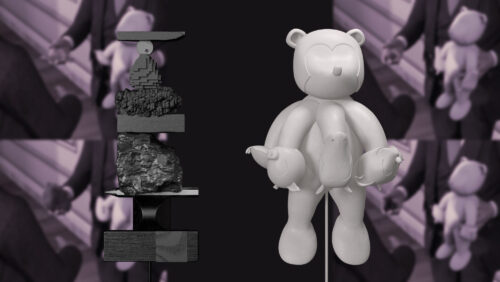
Arquivista AI
Nestor Pestana (PT/VE)
Arquivista AI is a research platform that creatively explores the relationships between gaps in historical knowledge and artificial intelligence. Through archival research, historical gaps are identified and filled in with alternative histories, deliriums and glitches generated with AI.
-
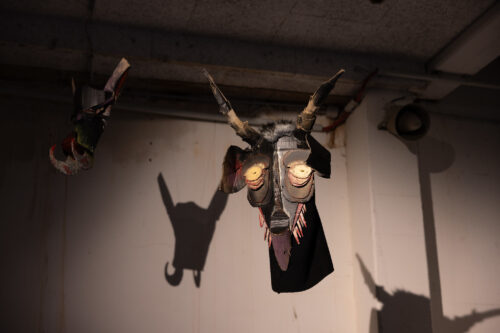
Digital Ruins
Stefan Schönauer (AT)
Digital Ruins envisions a future in which we are forced to leave behind our personal, digital archives. How can we cope with the loss of our most important memories and the grief that comes from being expelled from our digital spaces?
-
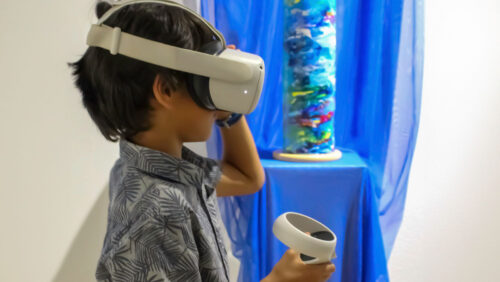
The Dance of Data
Andrea Diaz (FR, CO), Jose Manuel Higes (ES), Antonio Falcón López (ES), Clara Ortiz Cáceres (ES), Karen Soacha (CO)
The project prompts reflection on reality and knowledge, blurring physical and virtual lines to show that meaning transcends boundaries. Dancing with data in virtual spaces suggests dynamic, participatory interaction with information.
-
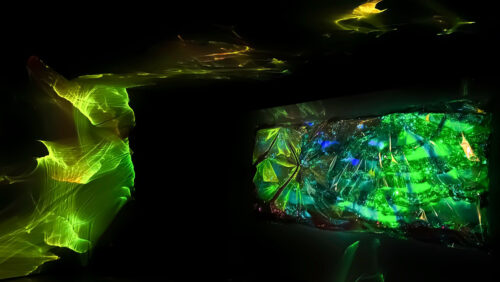
SEA Reflection and connection
Lisa Derksen Castillo (NL, ES), Miguel Mendoza Malpartida (ES), María del Carmen Romero Ternero (ES), Xavier Salvador (ES)
This installation reflects the philosophical concept of perception as a mirror of reality. Just as the sea reflects light, the artwork reflects not only physical light but also, metaphorically, the less visible aspects of marine life.
-
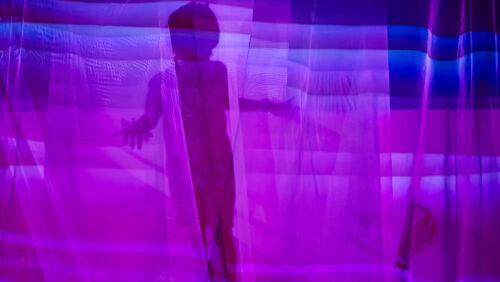
Sea Invaders
Helena Hernández Acuaviva (ES), Jesús Ibáñez Martínez (ES), David Orellana Martín (ES), Xavier Salvador (ES)
This work reflects on the crisis of invasive species in the Mediterranean, immersing us in the marine habitat to empathize with the ecosystem’s situation and contemplate our and other species environmental footprint.
-
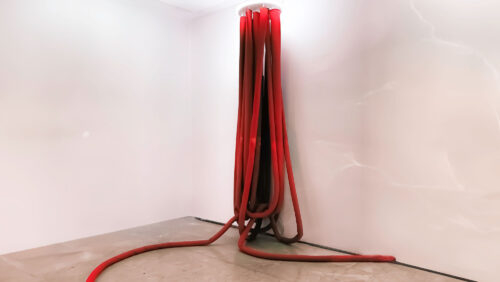
No te conoce nadie, pero yo te canto
Olga Albillos (ES), Guille Rodríguez (ES), Triana Sánchez Hevia (ES), Xavier Salvador (ES)
This artwork highlights interconnectedness in ecosystems showing that all life forms, visible or invisible, are linked and vital. It emphasizes the balance of opposites within nature and the value of species unseen by humans.
-
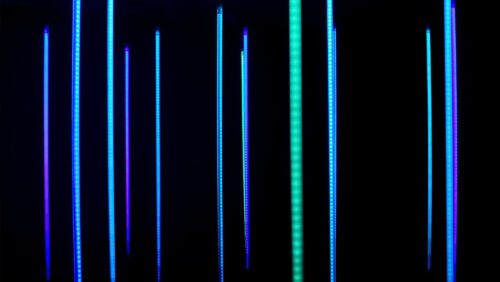
Liquid Transparency
Cachito Vallés (ES), Áurea Muñoz del Amo (ES), Carmen Salazar Pera (ES), Rocío García-Robles (ES), Carlos Rodero (ES)
Just as substances in water can obscure its transparency, lack of awareness can cloud our understanding of environmental issues. This SciArt work suggests a dialogue about the boundaries between our activity and natural processes, inviting us to think that all parts of the universe are interconnected.
-
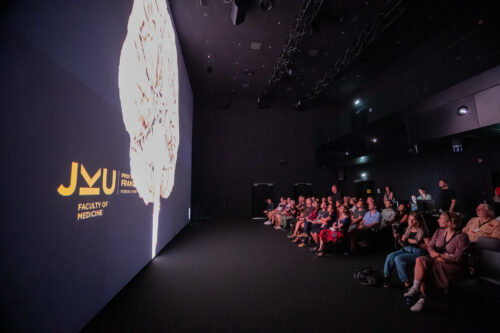
Linz Institute of Technology Exhibition
The Linz Institute of Technology (LIT) at JKU is presenting eight funded projects, each demonstrating the synergy between artistic exploration and scientific research. These projects illustrate how creativity can drive scientific discovery and how scientific challenges can inspire artistic innovation in turn.
-

Thread of Life
László András Halák (HU)
After handling human fates, the Moiræ turn to exercise their power over a rudimentary AI: a cellular automaton. Synthetic lives are born from chaos and randomness harvested from the environment, and as the three Greek goddesses of fate spin, measure, and cut, the synthetic lives unravel like holes punched into a long strip of paper.
-
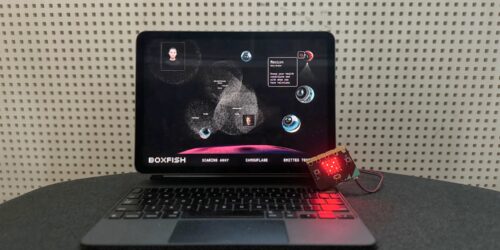
The Right to Be Forgotten
Viktoria Biki (HU)
The Right to Be Forgotten questions existing data collection practices in which the excessive sharing of personal data is a technological norm. It explores the options for deleting one’s online identity from cyberspace.
-
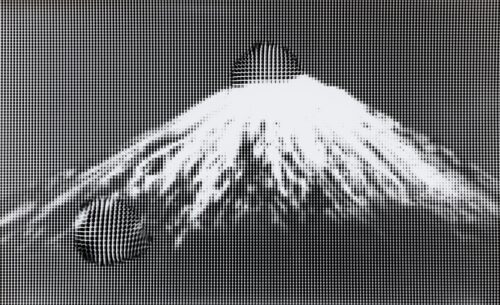
Sketches of an Excursion
Sári Zagyvai (HU)
Throughout my work in the photo lab, I have been turning everyday visual imagery into abstract art. I replaced the negative film with an electric display. The found images go through a transformation that can be linked to a spontaneous process and cannot be repeated.
-
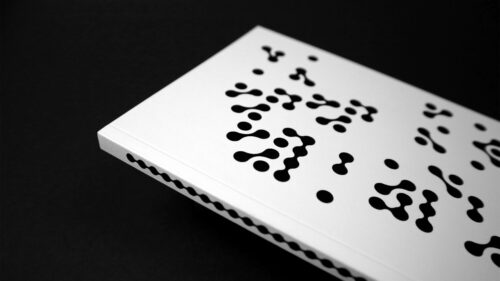
Resonating Stories. An Alternative Edition of ‘White Noise’
Petra Pilbák (HU)
Resonating Stories redefines the contemporary reading experience by combining language, code, visual notation, and sound to create an alternative reading experience for Don DeLillo’s novel White Noise.